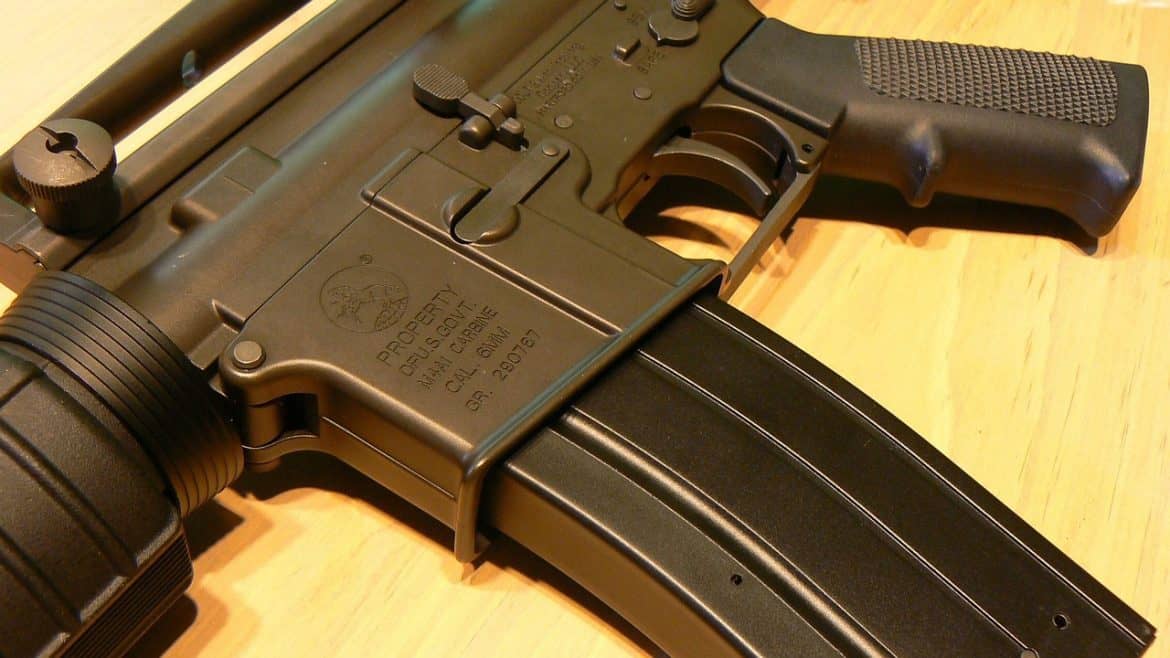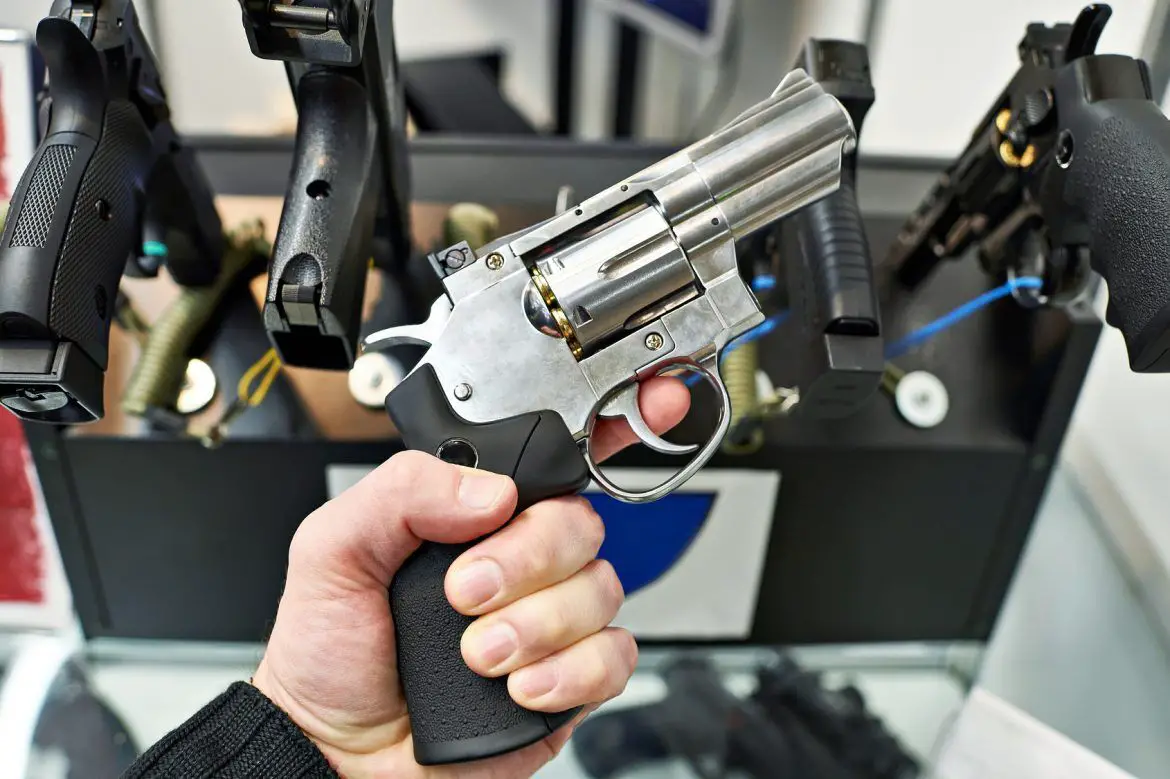Defensive mindset is the key to preparedness, all the gear and training in the world won’t help you if YOU won’t help you. In my experience, there are three basic kinds of people. Wolves (a.k.a. the bad guys) are the first kind. They are the human predators, the ones that prey on the weak. The […]
Category: Gun and Other Self Defense Stuff
This section is pretty broad and actually covers more than it says. This is a catch all for prepper related gun and weapon things as well as self defense training. If I don’t have a better place to put it and it is dangerous it will probably be found in this section.
How to Build an AR-15 Lower Build
I’m no lawyer, so check this yourself. My understanding is that as long as you can legally own a rifle you can make one for your own use. But you can’t build them with the intent to resale. Additionally, the firearm you build must meet the legal guidelines in your area. (i.e no 3 […]
5 Easy Tips for Choosing Your First Handgun
If you are considering purchasing your first handgun the options can be overwhelming. There are many choices out there and you want to get the best value and enjoyment out of your handgun. An estimated 55 million Americans own guns, and handgun ownership is up 71% in the last 25 years. There are an estimated […]
How to Shoot a Slingshot without Losing Accuracy?
One of the best ways to improve hunting skills is to use a slingshot. But how to shoot a slingshot is something that not many of us know. But that’s okay because the learning process is pretty basic and easy. And most importantly, it’s essential that you learn how to use the tool properly if […]
How to Choose the Best Gun Safe for Your Needs
Looking for the best gun safe to add to your home? We’re sharing everything you need to know to pick the one that best suits your unique needs. Check it out! There are so many gun safes you may actually get lost if you walked into a warehouse that sold them. Choosing a safe can […]





